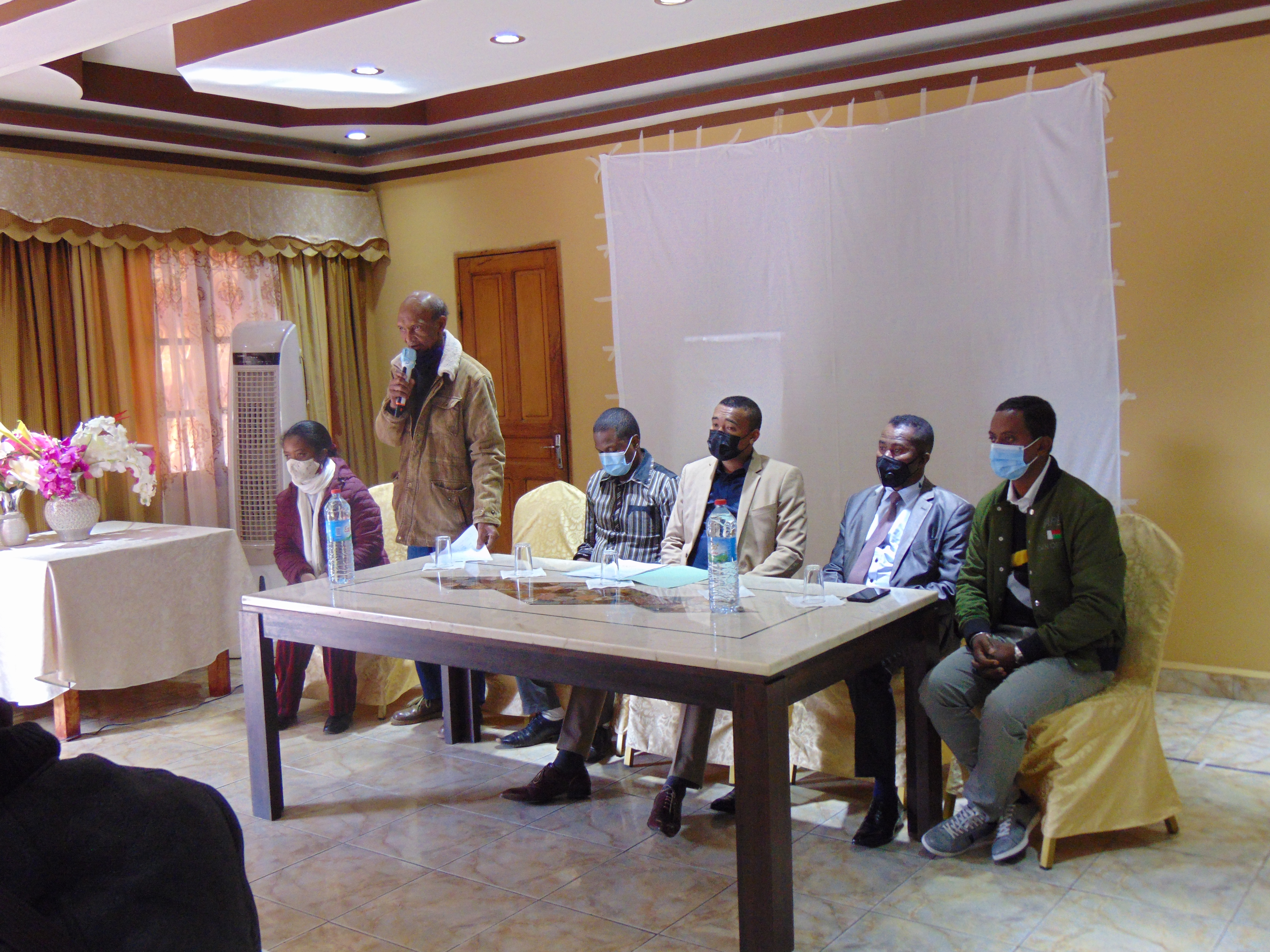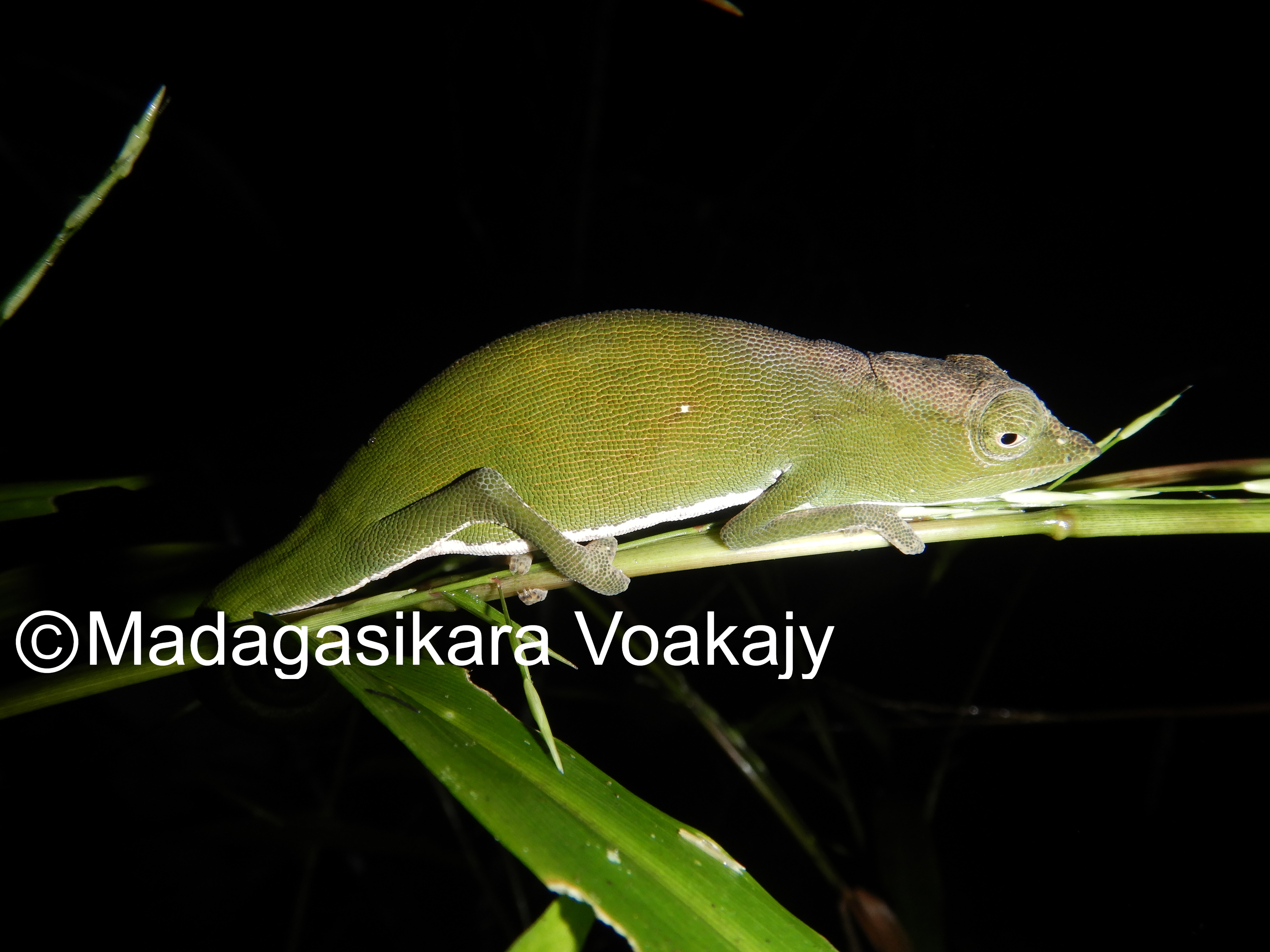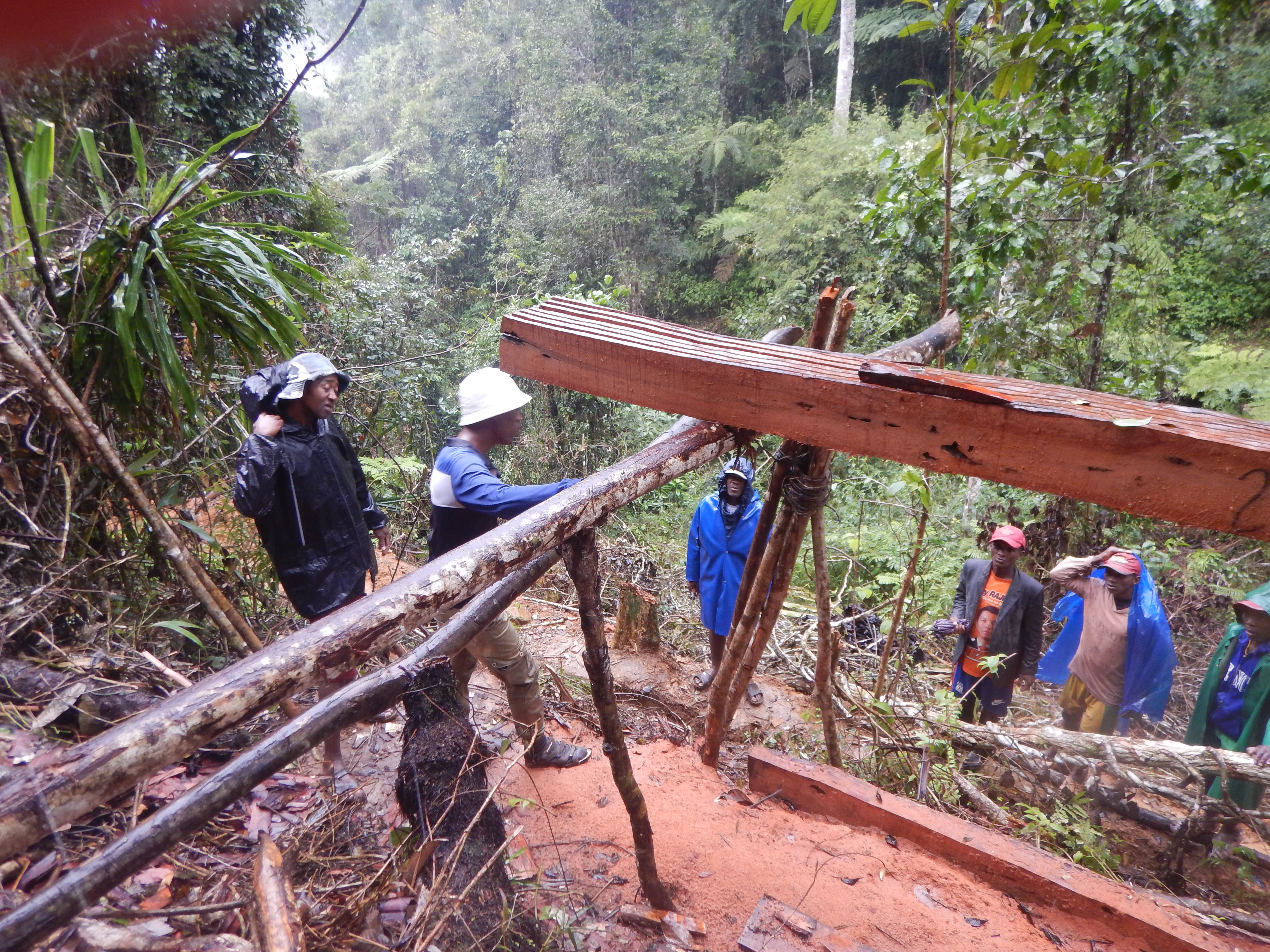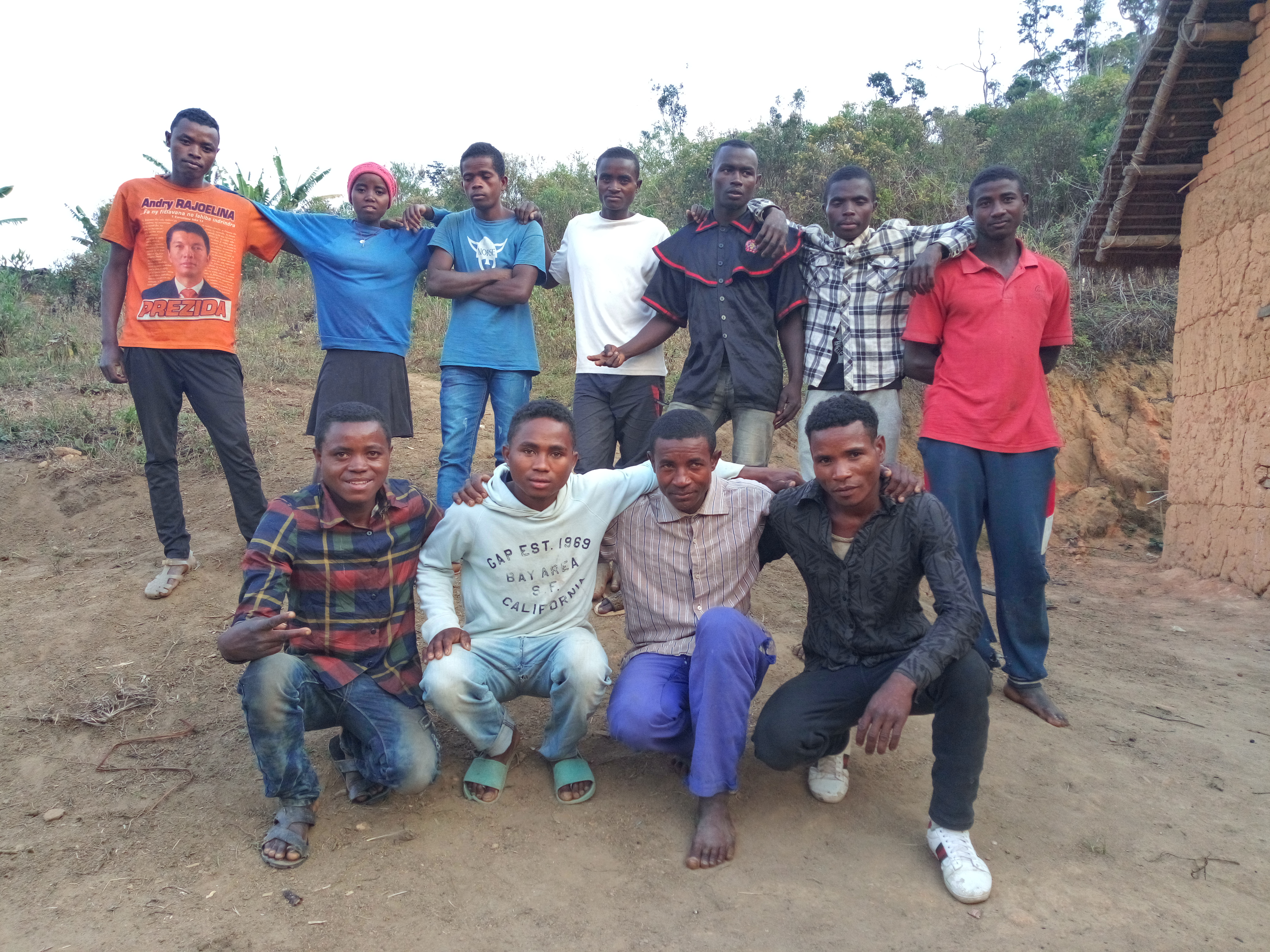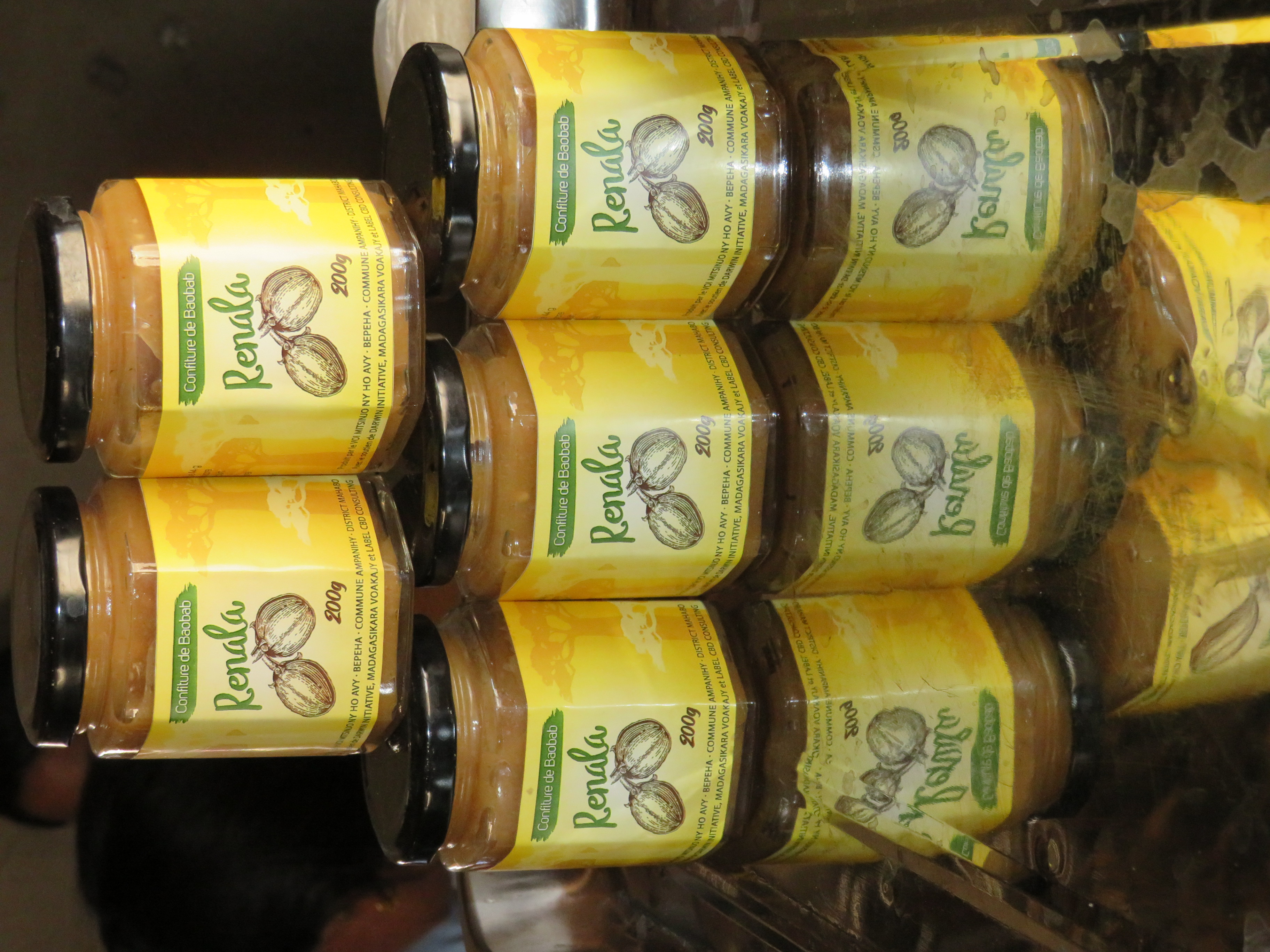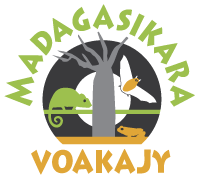Mis à jour des Plans d’Aménagement et de Gestion (PAG) des 7 Aires Protégées dans la Région Alaotra Mangoro !!!
Les réunions du Comité d’Orientation et de Suivi (COS) des Aires Protégées (AP) dans la Région Alaotra Mangoro (Analalava, Analabe-Betanantanana, Mahialambo, Ampananganandehibe-Behasina, Mangabe-Ranomena-Sahasarotra, Ambatofotsy, Ampotaka-Ankorabe) se sont tenues à l’hôtel Diamant Moramanga le 19 et 20 Aout 2021 dirigées par le DREDD Alaotra Mangoro.
